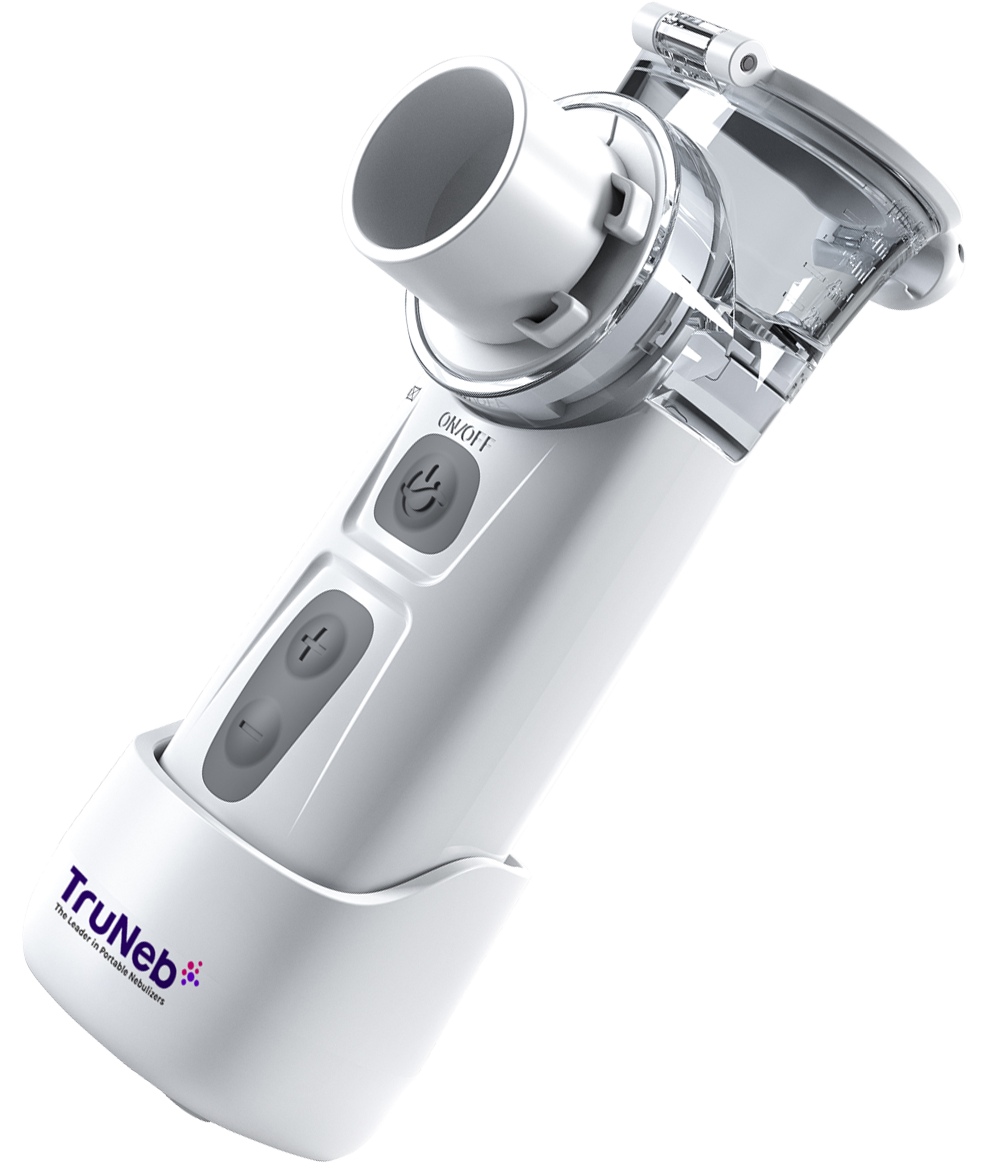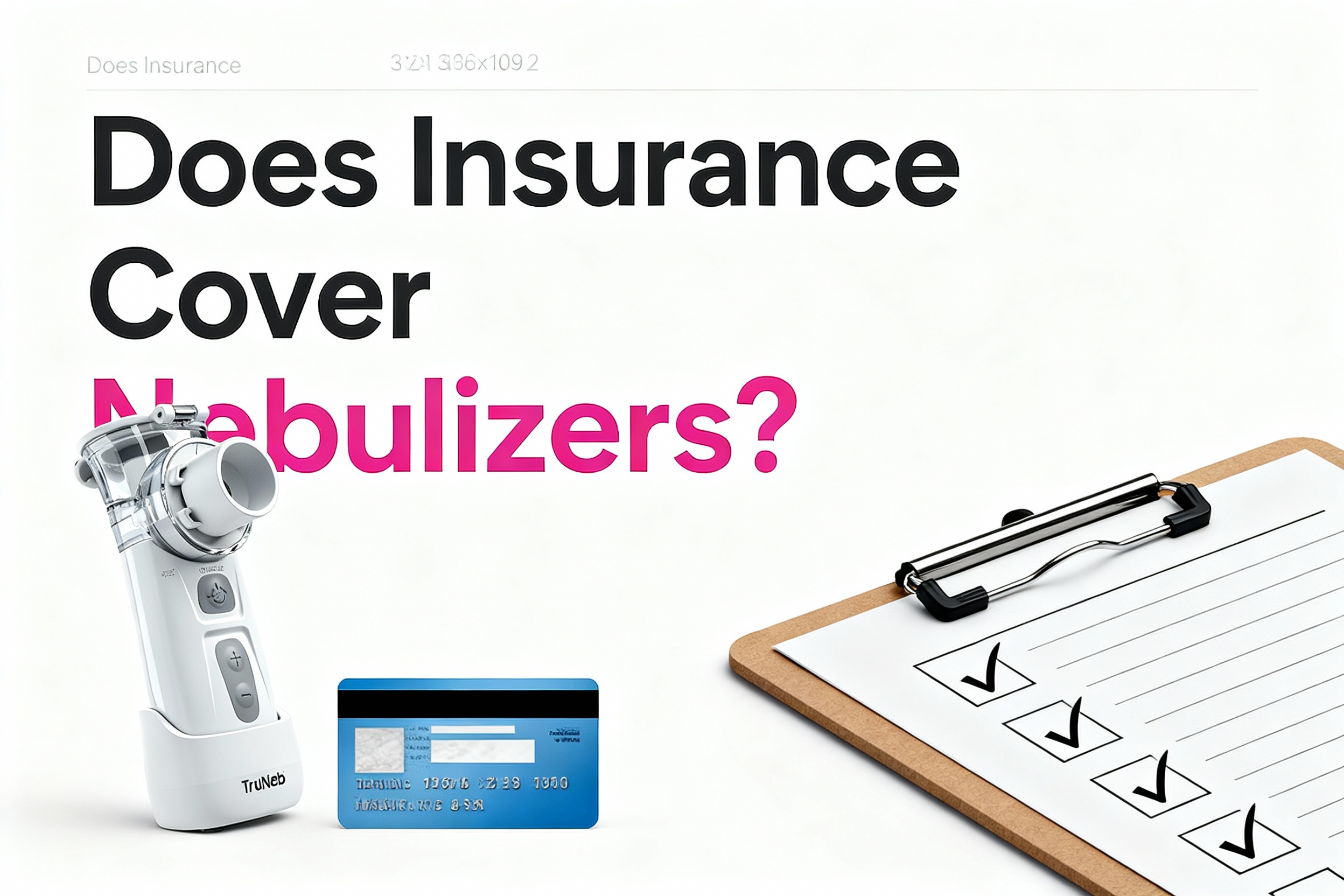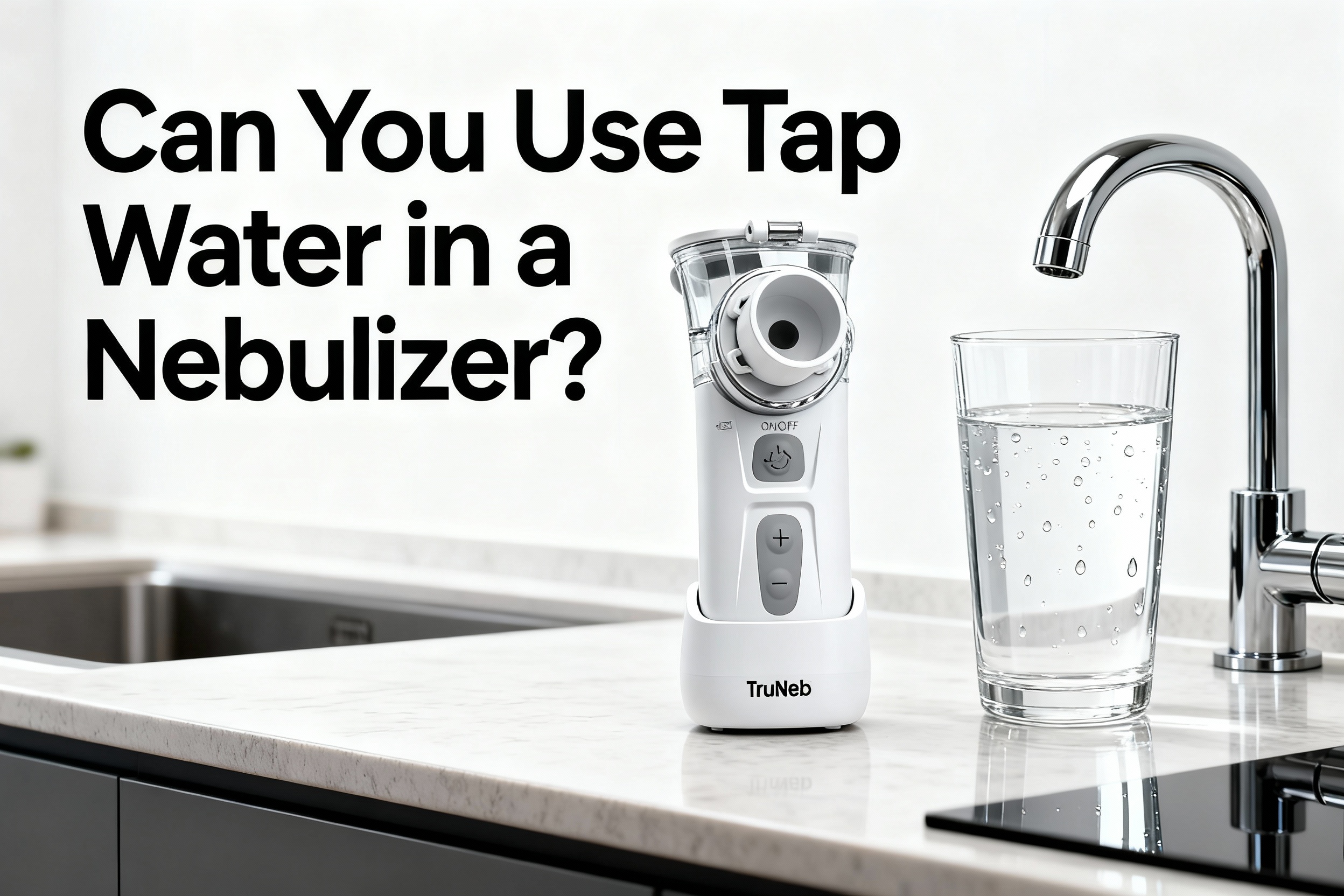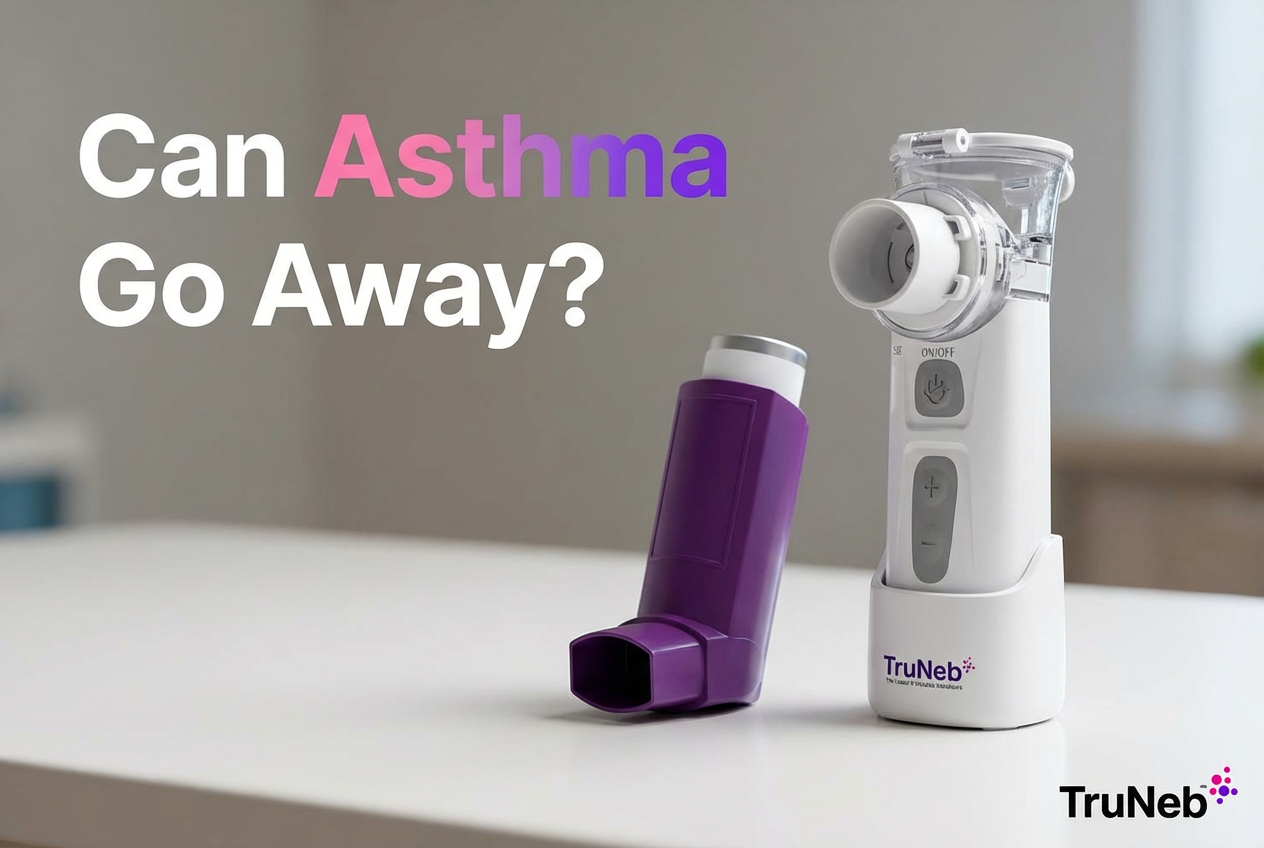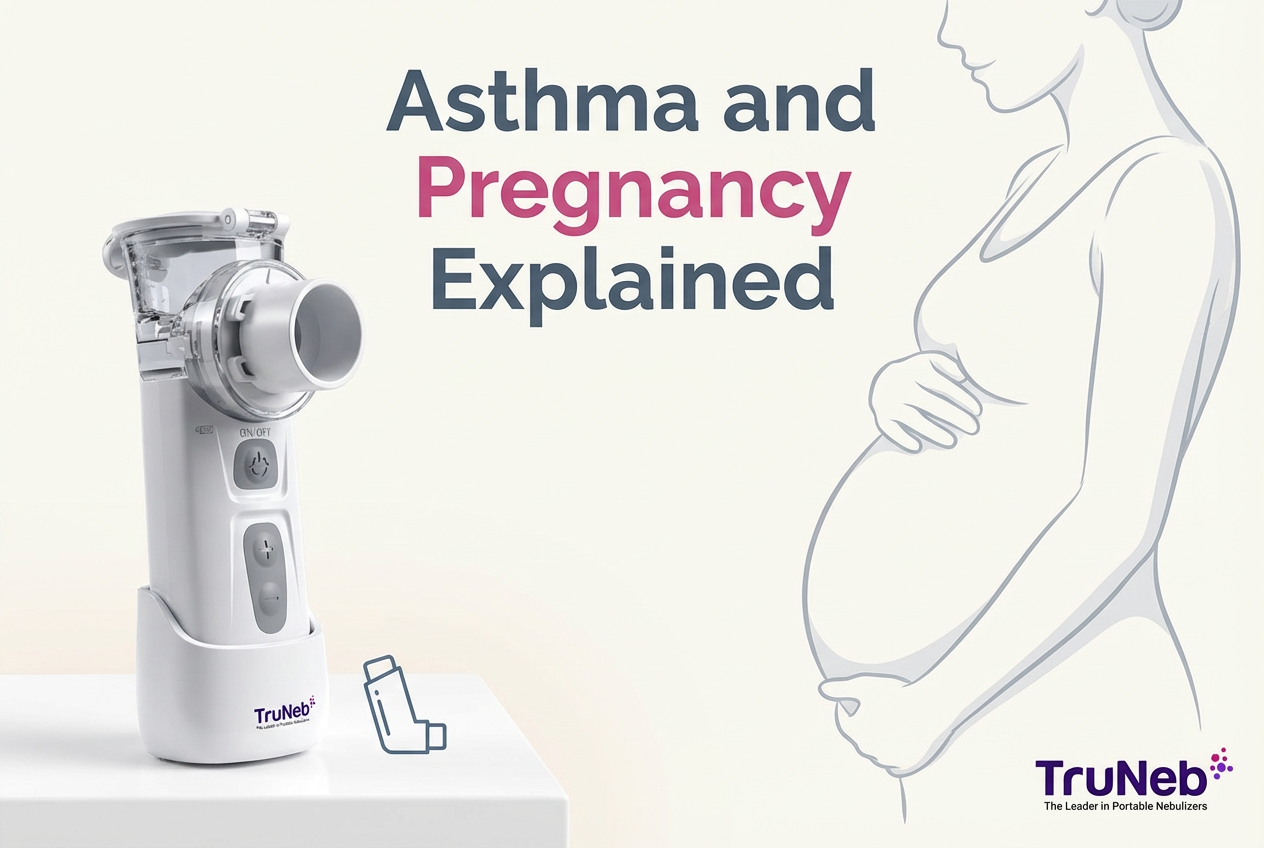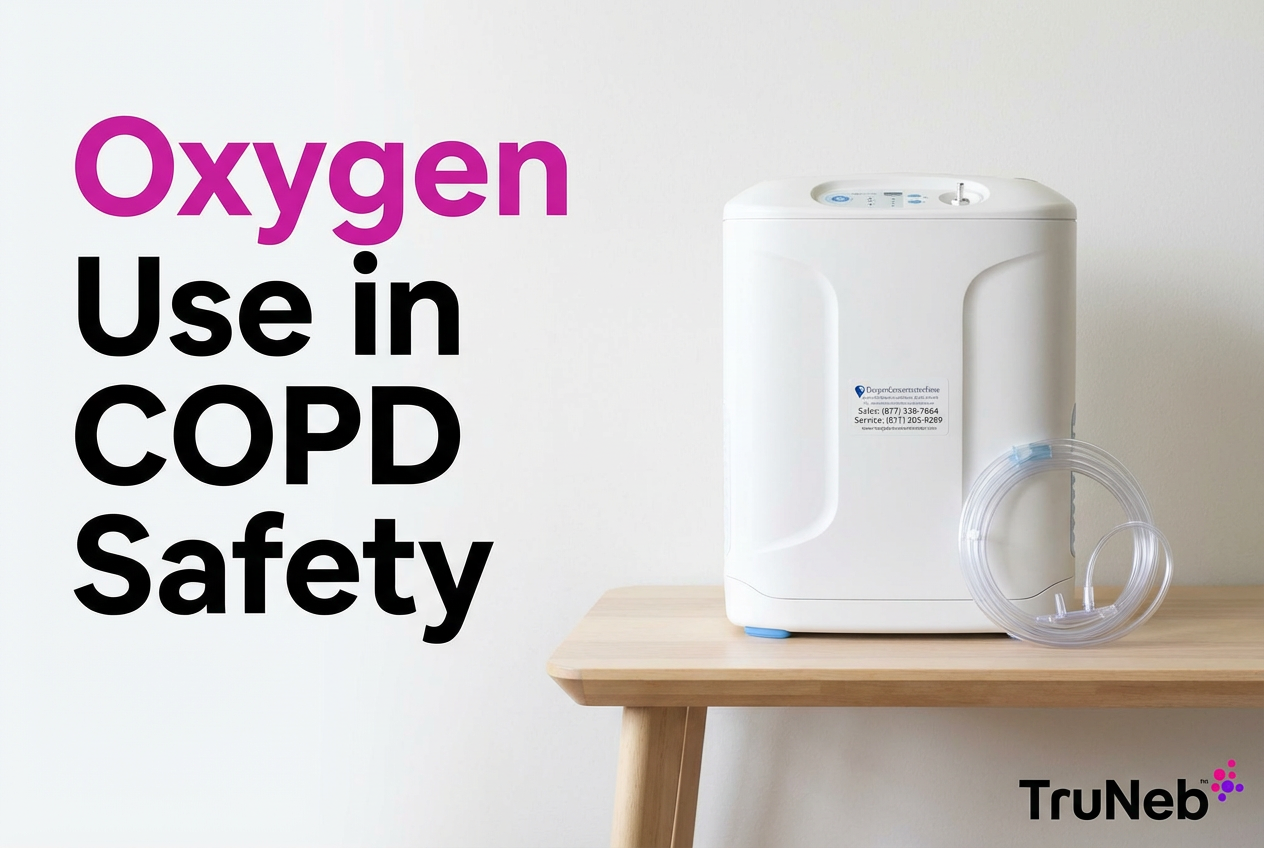On this page

Both a mask and a mouthpiece can work well. The best choice depends on age, how calm and cooperative the person is, and how snug the fit or seal is. In simple terms: use a mask for infants and younger kids or anyone who can’t use a mouthpiece correctly. Use a mouthpiece for older kids, teens, and adults because it can deliver more medicine into the lungs when used properly.
One‑liner: The right interface is the one you can use correctly with a good seal and steady breathing.

Understanding Nebulizer Masks and Mouthpieces
What Is a Nebulizer Mask?
A nebulizer mask is a soft plastic face piece that covers your nose and mouth. It connects to the nebulizer cup and tubing. You breathe normally while the mist flows. The small holes on the sides are vents. They let fresh air in and allow exhaled air out so carbon dioxide does not build up. A snug fit helps more medicine reach the lungs.
What Is a Nebulizer Mouthpiece?
A mouthpiece is a small plastic tube (often a T-piece) you place between your teeth with your lips sealed around it. You breathe in slowly through your mouth, then exhale normally. This direct path can send more medicine into your lungs if you can follow directions. You generally shouldn’t use a nebulizer without a mask or mouthpiece. “Blow-by” (just holding it near the face) wastes most of the medicine.
Masks are usually best under age 4–5; a snug seal is critical. Mouthpieces can improve lung delivery when used with mouth-only breathing and a tight lip seal.“Blow-by” (holding the device near the face) is not recommended due to very low medication delivery.
Takeaway: A mask covers the nose and mouth for normal breathing, while a mouthpiece needs sealed lips and mouth-only breathing for best results.
| Factor | Mask | Mouthpiece |
|---|---|---|
| Best for | Infants, toddlers, anyone unable to hold or seal a mouthpiece | Older children, teens, and adults who can follow instructions |
| Coordination needed | Low — breathe normally | Moderate — hold device, lips sealed, mouth-only breathing |
| Lung delivery | Good with a snug seal; drops with loose fit or crying1 | Often higher when used correctly1 |
| Common pitfalls | Loose fit; mist on face/eyes | Nose breathing; poor lip seal |
| Care tip | After steroid meds, wash face and rinse mouth2 | — |
1 Efficiency depends on seal and cooperation. 2 Helps prevent local irritation with nebulized corticosteroids.
Mask vs Mouthpiece: Pros and Cons
These mask vs mouthpiece tips apply to jet, mesh, and ultrasonic nebulizers.
Mask
- Pros: Easy to use when someone can’t hold a mouthpiece; good for infants and toddlers; hands-free.
- Cons: Disadvantages of a nebulizer mask include reduced lung delivery with a loose fit or crying; some medicine can hit the face/eyes; less efficient if nose breathing dominates. If you use steroid nebulizers with a mask, wipe or wash the face after treatment to avoid skin or eye irritation.
Mouthpiece
- Pros: Can deliver more medicine to the lungs with proper mouth breathing and a tight lip seal; no facial contact.
- Cons: Requires focus and steady technique; not ideal for very young children or anyone who can’t seal lips or follow steps.
Quick rule: If a person can’t use a mouthpiece well, a mask is the better choice. If they can, the mouthpiece usually sends more medicine deeper into the lungs.
Takeaway: Choose the interface that gives a tight seal and consistent mouth breathing to deliver more medication to the lungs.
Which One Is Better for You?
- Young children (typically under 4–5): mask is usually best.
- Older kids, teens, and adults who can follow directions: mouthpiece is usually best.
- During severe breathing distress (asthma flare or COPD exacerbation): a mask can be easier to use in the moment.
- For albuterol or other nebulized meds: choose the interface you can use correctly with a good seal.
If you’re unsure, ask your doctor or respiratory therapist to watch your technique and recommend the best fit.
Takeaway: Pick the option you can use correctly every time—that’s the most effective choice.
How to Breathe with Each Interface
Mouthpiece Technique
- Sit upright. Place the mouthpiece between your teeth, seal your lips.
- Inhale slowly and deeply through your mouth. Hold for 1–2 seconds.
- Exhale normally. Repeat until the mist stops.
- Don’t breathe through your nose during treatment.
Mask Technique
- Fit the mask snugly over nose and mouth. Adjust the strap.
- Breathe normally. If able, take slow, deeper breaths through your mouth at times. You don’t need to force your mouth open; just breathe normally with the mask sealed.
- Keep the cup upright so the medicine flows well.
One‑liner: With a mouthpiece, breathe only through your mouth; with a mask, breathe normally and focus on a snug fit.
Common Nebulizer Mistakes to Avoid
- Using the wrong interface: A toddler with a mouthpiece usually won’t get enough medicine. Use a mask for little kids.
- Loose mask fit: Gaps let mist escape. Tighten the strap and adjust the seal.
- Nose breathing on a mouthpiece: Remind yourself to inhale only through your mouth.
- Crying or talking during treatment: Calm, quiet breathing helps more medicine reach the lungs.
- Leaning back or tipping the cup: Sit up and keep the cup upright.
- Stopping too early: Continue until the mist slows or stops.
- “Blow-by” use (no mask or mouthpiece): This wastes medicine. Always attach one interface.
Takeaway: The biggest reasons treatments don’t work are a loose mask seal and nose-breathing on a mouthpiece.
Special Considerations by Age and Condition
Infants and Children
- Most babies and toddlers need a mask. Keep them upright and calm. A snug seal matters.
- Around ages 4–6, try a mouthpiece if they can follow directions. If not, keep using the mask.
Teens and Adults
- A mouthpiece usually gives better lung delivery if technique is good.
- If someone is very short of breath or can’t hold the device, use a mask.
Asthma and COPD
- The condition does not decide the interface. Ability and technique do.
- In a flare, a mask can be easier; when stable, a mouthpiece typically delivers more medicine to the lungs.
Takeaway: Age and ability decide the interface—not the diagnosis.
Quick Tip and Safety Note
- Key tip: Use a mask for anyone who can’t use a mouthpiece well; use a mouthpiece if they can.
- Safety note: Talk to your doctor before trying a new medication or changing how you take it.
- Don’t confuse steam inhalers with nebulizers—steam devices aren’t for prescription breathing medications.
- A portable nebulizer like the TruNeb™ portable mesh nebulizer can make daily treatments easier at home or on the go. Pick the interface (mask or mouthpiece) that fits your needs and keep it clean after each use.
- ⚠️ If you have severe breathing trouble, bluish lips, chest pain, confusion, or can’t speak in full sentences, seek emergency care right away.
Frequently Asked Questions
Tap or click a question below to see the answer:
It depends. Masks are better for infants, young children, or anyone who can’t seal and use a mouthpiece. Mouthpieces are usually better for older kids and adults because they can deliver more medicine to the lungs when used correctly.
Those side vents let fresh air in and exhaled air out, which helps prevent carbon dioxide build-up. Some mist can vent out too. A snug fit helps you inhale more of the medicine.
With a mouthpiece, breathe in through your mouth only. With a mask, breathe normally; if you can, take slow deeper breaths through your mouth at times.
No. Just breathe normally with a snug mask.
Not effectively. “Blow-by” (holding it near the face) doesn’t deliver a reliable dose. Always attach a mask or mouthpiece.
Try around ages 4–6 if they can follow directions and keep a tight lip seal. If they struggle, stick with the mask and try again later.
Bottom Line
When comparing a nebulizer mask vs mouthpiece, both work when used the right way. Masks are a must for little kids or anyone who can’t manage a mouthpiece. Mouthpieces are preferred for older kids and adults who can use them correctly because more medicine typically reaches the lungs. If you’re unsure which to use, ask your doctor to check your fit and breathing technique.
Disclaimer: This article is for informational purposes only and isn’t a substitute for professional medical advice. Always talk with your doctor about your symptoms, treatments, and device use.

